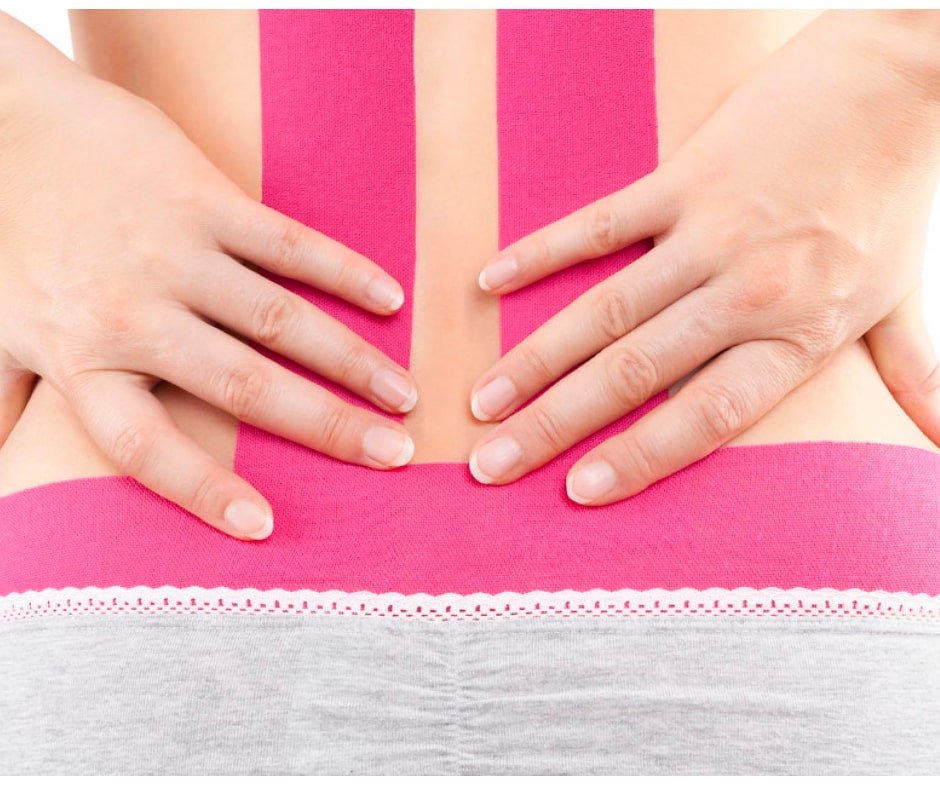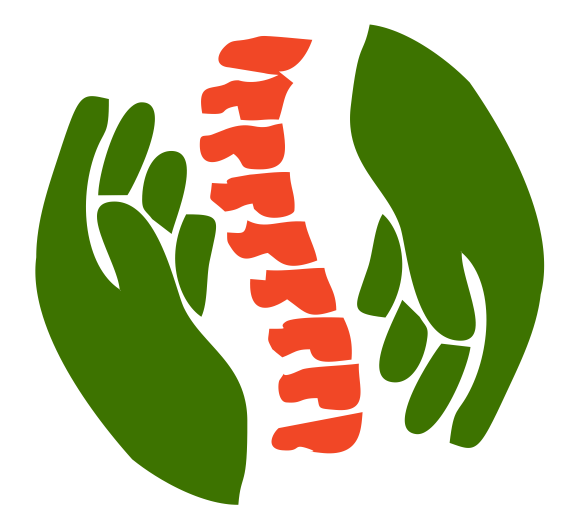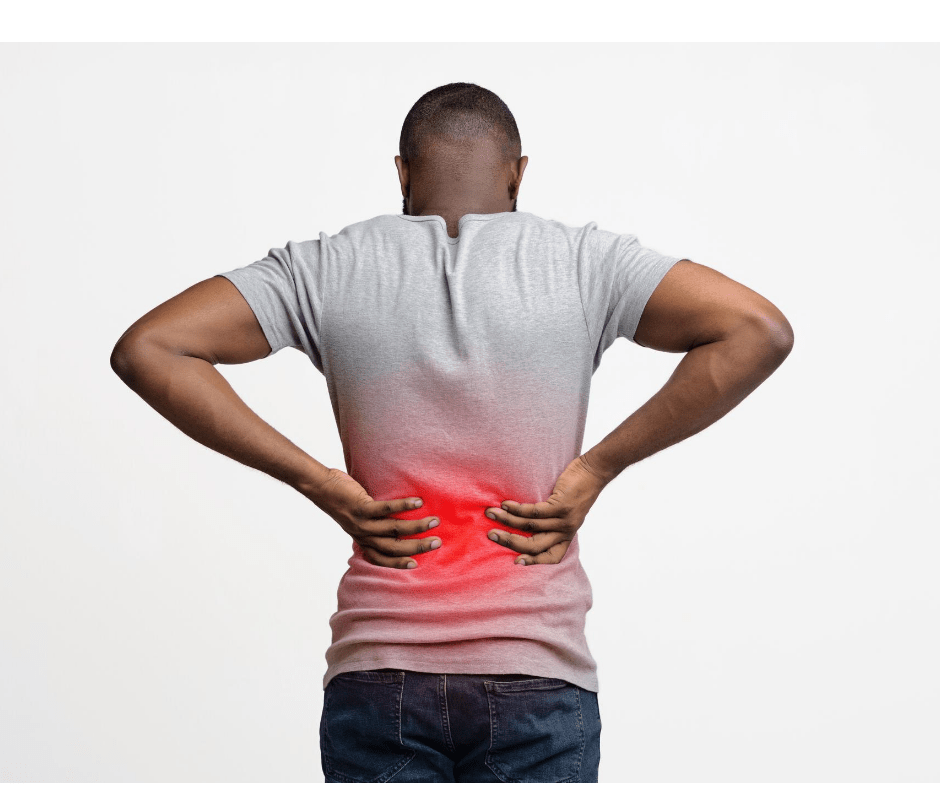Physio Tape for Lower Back Pain: A Comprehensive Guide to Relief and Recovery

Lower back pain is one of the most common ailments affecting people worldwide. Whether it’s due to poor posture, heavy lifting, or a sedentary lifestyle, the discomfort can be debilitating. While there are numerous treatments available—ranging from physical therapy to medication—one method that has gained significant attention in recent years is the use of physio tape for lower back pain. But what exactly is physio tape, and how can it help alleviate lower back pain? In this article, we’ll dive deep into the science, application, and benefits of physio tape, providing you with a clear understanding of how it works and whether it might be the right solution for you.
What is Physio Tape?
Physio tape, also known as kinesiology tape or kinesio tape. And use of kinesiology tape for lower back pain is popular. It is a flexible, adhesive strip designed to mimic the elasticity of human skin. It was originally developed in the 1970s by Dr. Kenzo Kase, a Japanese chiropractor, as a way to support muscles and joints without restricting movement. Unlike traditional athletic tape, which is rigid and often used to immobilize an area, physio tape is stretchy and works with the body’s natural movements.
The tape is made of cotton or synthetic fibers with an adhesive backing that is activated by body heat. It’s waterproof, allowing it to stay on for several days, even through showers or sweat. The unique design of physio tape is intended to lift the skin slightly, creating space between the skin and underlying tissues. This is believed to improve circulation, reduce inflammation, and provide support to muscles and joints.
How Does Physio Tape Help with Lower Back Pain?
Lower back pain often stems from muscle strain, poor posture, or underlying conditions like herniated discs. Physio tape can address these issues in several ways:
- Pain Relief: By lifting the skin, physio tape may help reduce pressure on pain receptors, providing a soothing effect. This can be particularly helpful for chronic lower back pain sufferers who need long-term relief.
- Improved Circulation: The gentle lifting action of the tape is thought to enhance blood flow and lymphatic drainage. This can reduce swelling and promote faster healing of injured tissues.
- Muscle Support: Physio tape provides subtle support to the muscles in the lower back, helping to stabilize the area without restricting movement. This can be especially beneficial for individuals recovering from injuries or those with weak core muscles.
- Posture Correction: Poor posture is a major contributor to lower back pain. Physio tape can be applied in a way that encourages proper alignment, reminding the body to maintain a healthier posture throughout the day.
- Neuromuscular Feedback: The tape’s texture and tension can stimulate sensory receptors in the skin, sending signals to the brain about body positioning and movement. This can help improve proprioception (awareness of body position) and reduce the risk of further injury.
Scientific Evidence: Does Physio Tape Really Work?
While physio tape has gained popularity among athletes and physical therapists, its effectiveness is sometimes debated. Some studies suggest that physio tape can provide short-term pain relief and improve range of motion, while others argue that its benefits may be largely placebo-driven.
For example, a 2012 study published in the Journal of Orthopaedic & Sports Physical Therapy found that physio tape significantly reduced pain and improved function in patients with chronic lower back pain. However, a 2015 review in the British Journal of Sports Medicine concluded that the evidence for physio tape’s effectiveness is limited and inconsistent.
Despite the mixed research, many healthcare professionals and patients swear by its benefits. The key may lie in proper application and realistic expectations. Physio tape is not a cure-all, but when used as part of a comprehensive treatment plan, it can be a valuable tool for managing lower back pain.
How to Apply Physio Tape for Lower Back Pain
Applying physio tape correctly is crucial for achieving the desired results. Here’s a step-by-step guide:
- Prepare the Skin: Clean the area with soap and water, and ensure it’s dry. Avoid using lotions or oils, as they can prevent the tape from sticking properly.
- Cut the Tape: Measure and cut the tape into strips. For lower back pain, you’ll typically need two or three strips, each about 6-8 inches long.
- Round the Edges: Rounding the corners of the tape can help prevent it from peeling off prematurely.
- Apply the Tape: Start by anchoring one end of the tape just above the tailbone. Stretch the tape gently as you apply it along the lower back, following the natural curve of the spine. Avoid overstretching, as this can cause skin irritation.
- Activate the Adhesive: Once the tape is in place, rub it gently to activate the adhesive. This will help it stick better and last longer.
- Check for Comfort: Make sure the tape feels comfortable and doesn’t restrict your movement. If you experience any discomfort or itching, remove the tape immediately.
Tips for Maximizing the Benefits of Physio Tape
- Combine with Other Therapies: Physio tape works best when used alongside other treatments, such as stretching, strengthening exercises, and massage therapy.
- Stay Active: While physio tape can provide support, it’s important to stay active and avoid prolonged periods of inactivity, which can worsen lower back pain.
- Listen to Your Body: If your pain persists or worsens, consult a healthcare professional. Physio tape is not a substitute for medical treatment.
Real-Life Success Stories
Many people have found relief from lower back pain through physio tape. For instance, Sarah, a 35-year-old office worker, struggled with chronic lower back pain due to long hours at her desk. After trying physio tape, she noticed a significant reduction in pain and improved posture. “It’s like having a gentle reminder to sit up straight,” she says. “I feel more supported and less achy at the end of the day.”
Similarly, John, a 42-year-old construction worker, used physio tape to recover from a lower back strain. “I was skeptical at first, but the tape really helped me get back on my feet faster,” he shares.
Potential Drawbacks and Considerations
While physio tape is generally safe, it’s not suitable for everyone. People with sensitive skin or allergies to adhesives should exercise caution. Additionally, improper application can lead to skin irritation or reduced effectiveness. If you’re unsure how to use physio tape, consult a physical therapist or healthcare provider for guidance.
Conclusion: Is Physio Tape Worth Trying?
Physio tape is a versatile, non-invasive option for managing lower back pain. While it may not work for everyone, many people find it to be a helpful addition to their pain management routine. By improving circulation, providing muscle support, and promoting better posture, physio tape can offer relief and aid in recovery.
If you’re struggling with lower back pain, consider giving physio tape a try. Just remember to use it as part of a holistic approach that includes exercise, proper ergonomics, and professional medical advice. With the right combination of strategies, you can take control of your pain and get back to living your life to the fullest.
By understanding the science behind physio tape and learning how to use it effectively, you can make an informed decision about whether it’s the right solution for your lower back pain.



